Lakeville School District – Lighting Case Study
Published February 2018
Lakeville Schools (MN) and The Retrofit Companies, Inc. (TRC) recently partnered to discuss the district’s 2 and 10 year plans at Eastview Elementary School. Both of the strategic plans included goals of implementing energy saving lighting solutions across the entire district. Specifically, the 2 and 10 year plans included exterior lighting along with a parking lot that needed to be completely replaced. The goal was to complete these projects by the end of summer 2017 before the start of the school year. These projects were a combination of replacing old, damaged light poles, with new, and replacing all of the existing inefficient exterior lighting. This school would be the first of many completed during the first two years of their strategic plan. With a goal of improving light quality, increasing light levels, while creating a standard technology for the school district, Sara Guyette of Lakeville Schools and LuAnn Verduzco of TRC developed a plan to perform a study on the exterior lighting along with a district wide study to replace all interior and exterior existing metal-halide inefficient and unsafe fixtures. Partnering with TRC, Lakeville School District was able to make an educated decision to properly address their lighting concerns while implementing energy savings.
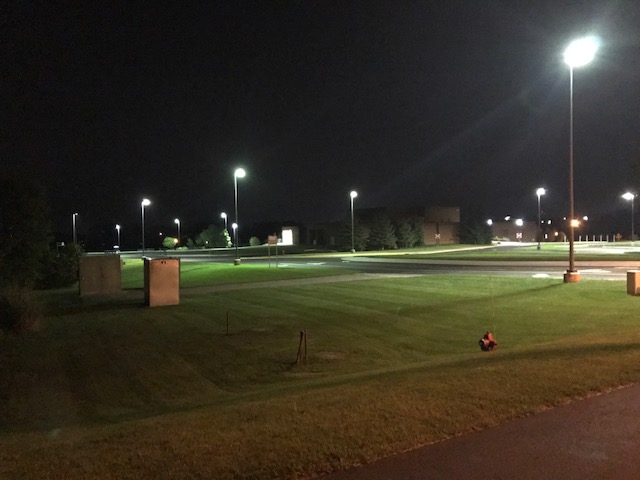
PROBLEM:
The district lacked a focused energy-efficient plan that could be utilized across the board, and with multiple goals in their strategic plans, Sara and the Board saw the value in partnering with lighting design and energy efficiency experts at TRC to help them address their needs.
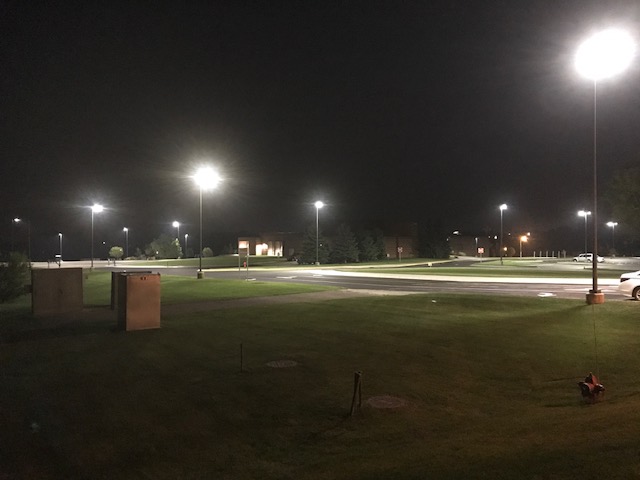
ANALYSIS AND SOLUTION:
Lakeville partnered with TRC to conduct the district wide Investment Grade Audit to determine the full extent of their lighting needs. Photometric layouts were also provided to Lakeville Schools to ensure industry standard light levels would be installed and would meet their long term strategic goals. Through the study, Lakeville decided to move forward and requested competing bids using the equal scope of work, fixture specifications, and performance standards. TRC was awarded the work and recommended the proper solutions and design expertise for their parking lot and exterior lighting as the first phase of their district wide strategic plan.
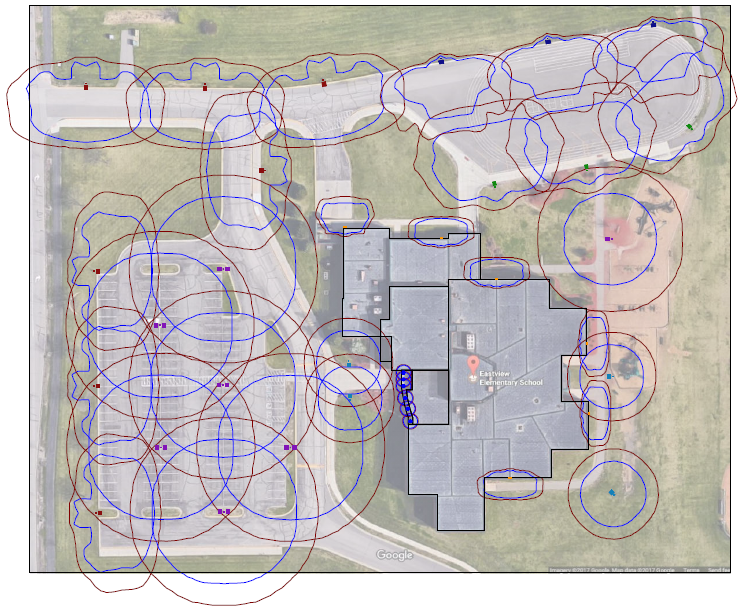
Implementing the project presented certain challenges across the board, including construction deadlines and project management for all key partners involved in the total project. With a parking lot replacement, there is a strategic plan involved all the way from coordination of materials, the architect, the sub-contractors and the building engineers being available to provide access to the building when needed. Some unforeseen circumstances came up during the project, but TRC and all other partners involved were able to work an alternate schedule to ensure the project was wrapped up before the start of the school year. Having confidence and trust in the vendors and contractors that you use for projects is vital to timely implementation and problem solving.
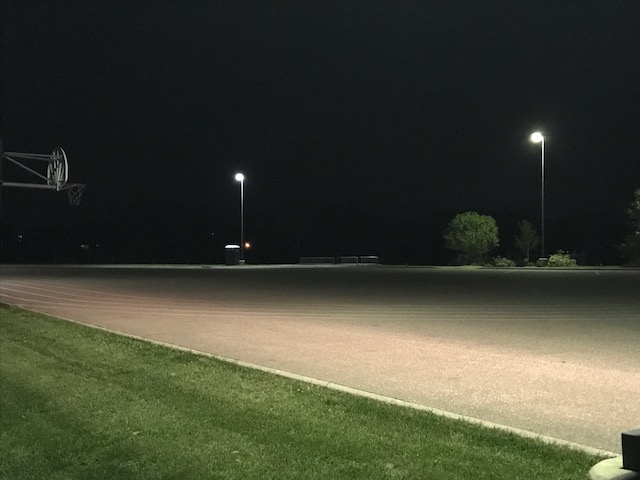
PROJECT GOALS & SUCCESSES
- Replace and recycle all metal halide and other inefficient fixtures
- Drastically improved light quality, distribution and levels
- Decreased lighting energy costs by 44%
- Annual energy savings of $2,500.00/yr.
- Simple payback of 7.35 years
- Cut maintenance costs, new fixtures have 5 yr warranty, minimum of 10 year life rating on new fixture components
- New fixtures contain no mercury and are much better for the environment
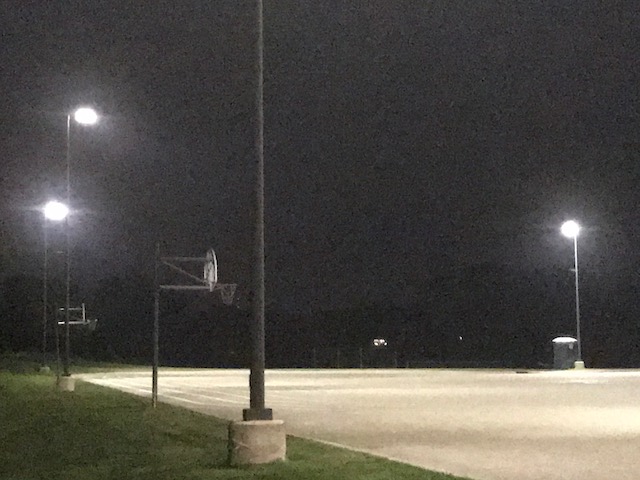
ENVIRONMENTAL IMPACT
- Carbon Savings: greenhouse gas reduction metric tons equivalent to 22.7
- Passenger cars not driven for one year: 4.4
- Gallons of gasoline saved: 2,540.50
- Acres of forest preserved from deforestation: 0.22
- Tons of waste recycled vs. land filled: 7.90
